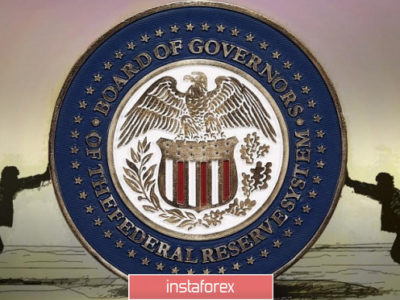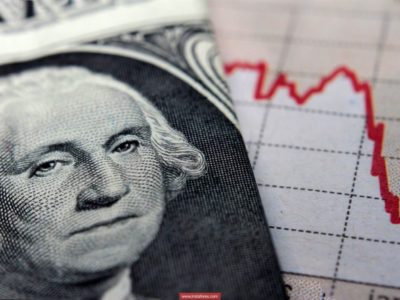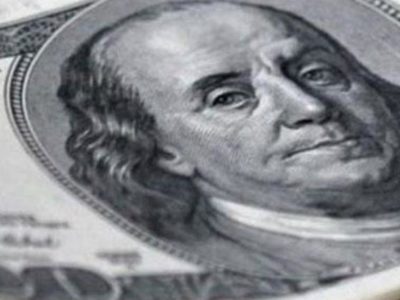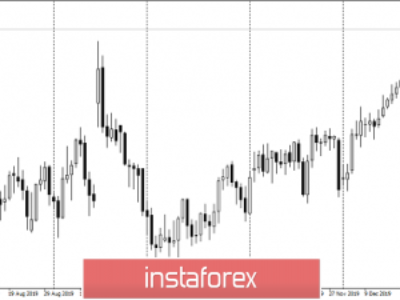Is USD appetite returning following robust GDP?
Those interested in the currency markets should make no mistake, the NFP announcement this Friday has the potential to create huge movement in what has already become a turbulent time for the currency markets. While some might be wondering why this could be the case because the stakes for added volatility following the NFP result are always high – this NFP could create a very special dose of movement.
You see, the major contributor behind the indifferent USD demand over the past week has been due to the pushed back interest rate expectations following the recent FOMC statement. The major reason why the USD bulls got so excited in the first place was because such consistently impressive employment reports inspired repeated optimism that the Federal Reserve might raise US interest rates as early as June. While the FOMC has made it no secret that it will not be rushed into raising interest rates at any given point – it didn’t completely rule out a rate hike in June, and another impressive employment showing this Friday could inspire traders to rush to the USD once again.
At the same time, the FOMC are making it clear that they will not be pressured into raising interest rates as early as the USD bulls would prefer, and if this NFP report provides room for more hesitation from the FOMC – the recent USD profit-taking could really intensify to new levels. These two contrasting factors are exactly why I feel this NFP could be an extremely exciting one for the currency markets.
In the meantime, the USD is driving itself ahead of its trading partners at the beginning of the week with this likely being a delayed reaction to a robust GDP figure from the United States last Friday. While the initial reaction might have been a little bit of disappointment because the GDP figure was not revised higher as some expected, the data showed that the US economy is continuing to progress at a moderate pace. At the end of the day, the divergence in both economic sentiment and monetary policy between the United States and everywhere else is still eye-catching and central bank policy will continue to dominate the main currency movements for quite some time.
Traders are going to become impatient with the Federal Reserve if they are hesitant towards raising US interest rates, but at the same time, the Federal Reserve are going to be raising US interest rates before the overwhelming majority of central banks can even contemplate the idea. It should be remembered that it hasn’t just been US interest rate expectations that have been behind the spectacular USD rally over the past nine months. It has also been because so many other central banks (over 20 this year) have eased monetary policy this year. In fact, the last reason is exactly why central bank policy has completely dominated the currency markets this year.
For as long as there is optimism that the Federal Reserve will be raising US interest rates during 2015, attraction towards the USD is going to remain present. It is going to require substantial concerns that the Federal Reserve will swerve away from raising interest rates at all this year for the currency markets to welcome a wide-spread USD correction.
The EURUSD has commenced the week under bearish momentum, with the pair having at times appeared at risk of dropping below 1.08 after extending as low as 1.0819 earlier in trading. It has been repeatedly mentioned in the past that substantial upside gains for the EURUSD are quite strictly limited to USD softness, and the USD strength so far today has been the major reason for the EURUSD decline. Lower risk economic data, such as industrial and economic confidence is continuing to suggest that economic fortunes within Europe might be improving. However, I remain skeptical and largely unsure whether the improved economic data is due to the ECB’s continuous stimulus measures having the desired impact, or whether it is just due to budgets being eased following the dramatic decline in the price of oil.
In regards to which currency pair has suffered the most at the start of this week, the award goes to the GBPUSD following the pair slipping by over 100 pips to 1.4775. While USD strength has pressured the pair, another contributor behind the decline is probably linked to the latest YouGov poll putting the Labour party ahead of the Conservatives in the UK General Election which takes place in May. Heading into April, there are going to be a variety of reasons for reduced investor attraction towards the Sterling. All signals point towards the viewpoint that the upcoming UK election is going to be extremely close. Therefore, the potential for political instability will be elevated and this could strongly encourage investors to begin closing Sterling positions.
Gold has slipped around $20 to $1182, which can be linked to USD strength. The other reason for the bearish momentum in Gold could also be due to the reports that emerged late last week regarding the possibility of Egypt, Jordan, Sudan and Pakistan taking part in a ground offensive in Yemen having escalated no further. Those interested in the Gold markets should be keeping a close eye on how the situation unfolds over Yemen because if there is any truth to those reports about a potential ground offensive, there are high chances for a sudden surge in appetite from investors for a safe-haven.
The oil markets have also suffered losses, with the price of WTI pulling below $48 to $47.64. WTI Oil has now dropped by over $3 over the past couple of days and it hasn’t surprised me that WTI has erased its gains following the Saudi Arabian led coalition airstrikes in Yemen. Yemen was previously only seen as the 39th largest producer of oil, therefore it was only the nation’s geographical location in the Middle East that intrigued investors. Unless there are clear indications that the coalition airstrikes could disrupt oil production, I see limited chances for the bulls to progress.
Negotiations over whether to relax nuclear sanctions on Iran are also reaching the final stages. If the sanctions are relaxed we could see another one million barrels of oil a day being pumped into the markets. Such increased inventories would pressure what is already a very aggressive oversupply by around a third, which could provide more than enough reason for traders to squash the price of oil lower.
Written by Jameel Ahmad, Chief Market Analyst at FXTM.
Follow Jameel on Twitter @Jameel_FXTM
For more information please visit: Forex Time
Disclaimer: The content in this article comprises personal opinions and ideas and should not be construed as containing personal and/or other investment advice and/or an offer of and/or solicitation for any transactions in financial instruments and/or a guarantee and/or prediction of future performance. ForexTime Ltd, its affiliates, agents, directors, officers or employees do not guarantee the accuracy, validity, timeliness or completeness of any information or data made available and assume no liability as to any loss arising from any investment based on the same.
Risk Warning: There is a high level of risk involved with trading leveraged products such as forex and CFDs. You should not risk more than you can afford to lose, it is possible that you may lose more than your initial investment. You should not trade unless you fully understand the true extent of your exposure to the risk of loss. When trading, you must always take into consideration your level of experience. If the risks involved seem unclear to you, please seek independent financial advice.
The post Is USD appetite returning following robust GDP? appeared first on Forex Circles.










